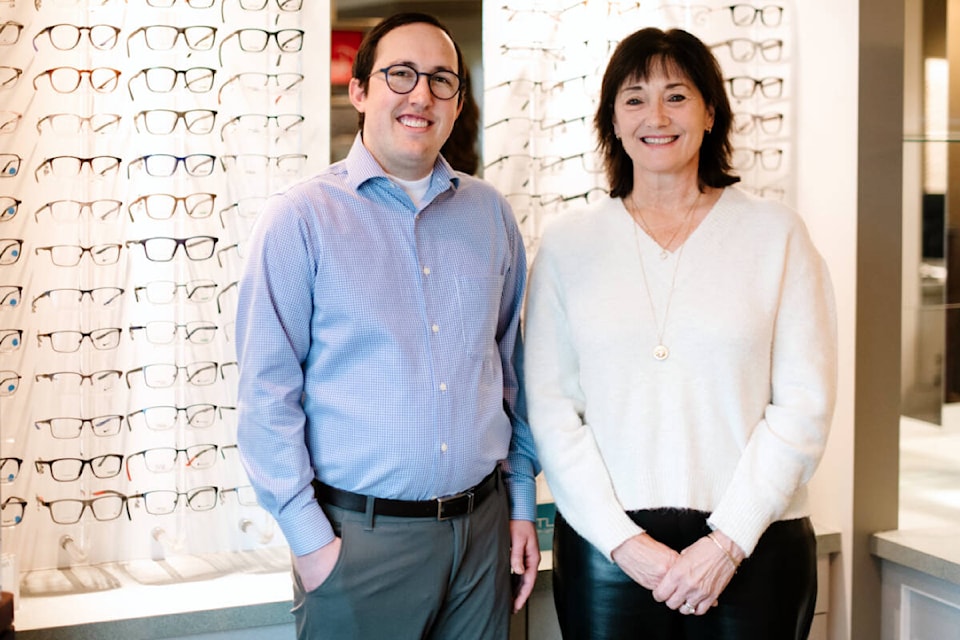Don’t let your eyes or eyesight deceive you – even if your vision seems fine, visiting an optometrist should still be on your to-do list this year.
If you’re not experiencing any eye-related complaints, it can be tempting to put off visiting your local eye doctor but that’s not in the best interest of your long-term ocular health, says Dr. Kevin Drew, from IRIS’s Campbell River location.
“Adults should be visiting their optometrists at least every two years for regular eye exams, while children and seniors should be seeing us annually,” Drew says.“Eye exams are not just for when you’re experiencing vision problems – they’re an important part of your over-all health and can be useful in catching problems before they arise.”
Drew, who moved from rural Alberta last August to join longtime Island resident Dr. Lauzon at IRIS, also reminds us that optometrists can do a lot more than just prescribe glasses!
“With the current doctor crisis and overwhelmed emergency rooms, we want to remind clients that we can handle everything and anything eye-related. You don’t need to wait in an overpacked ER next time you have an eye-related concern. You can simply make a same-day appointment and get the same type of care without the wait,” Drew says. “We diagnose and treat ocular infections and disease, and remove foreign bodies in the eye, right in the office. And if we can’t resolve the problem here, we can provide referrals to an ophthalmologist.”
One of the most common eye complaints Drew sees is (unsurprisingly) eye strain-related discomfort – most commonly caused by heavy screen use without regular breaks.
Eye strain symptoms can include:
- Headaches
- Eye pain
- Dry eyes
Drew suggests getting an eye exam first, before attempting to treat eye strain symptoms at home. Once confident that it’s just eye strain you’re experiencing, it can be prevented and alleviated by taking regular breaks and following the 20-20-20 rule.
For every 20 minutes of heavy focus, look about 20 feet away for at least 20 seconds to allow your eyes to rest. You can also invest in a quality pair of blue light-blocking glasses for additional support and comfort.
For more information or if you’re overdue for an eye exam, book online here or call 250-914-4747. You can also follow them on Facebook and Instagram for details on their coming spring trunk sale!
